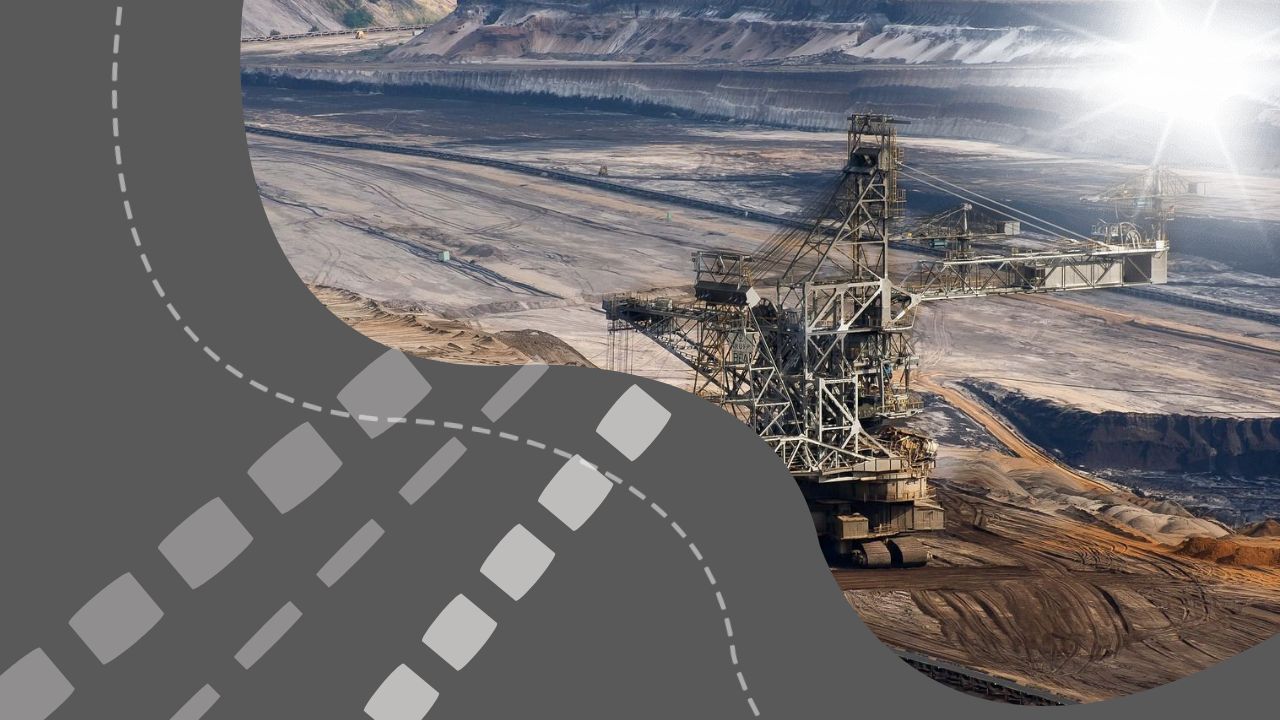A massive hydrogen reservoir may be lurking deep beneath a chromium mine in Albania, a new study has found.
The reservoir sits within a portion of Earth’s crust and mantle that once lay at the bottom of the ocean and was scraped off when the tectonic plate it rode on slid beneath another plate. The crumpled slab of crust and mantle was thrust onto land between 45 million and 15 million years ago and formed a 1,900-mile-long (3,000 kilometers) rocky belt, known as an ophiolite, that extends from present-day Turkey to Slovenia.
Ophiolites exist worldwide, and research has previously documented hydrogen gas leaking from boreholes and mines drilled into these formations. In the new study, scientists discovered the reservoir thanks to huge clouds of hydrogen gas wafting from pools of water inside the Bulqizë mine, which is located 25 miles (40 km) northeast of Tirana, Albania. Such hydrogen reservoirs could be tapped to provide carbon-free fuel, but the deep infrastructure needed to do so is lacking and the gas is inherently difficult to extract.
“We have seen plenty of hyper alkaline springs hosted in ophiolites worldwide where hydrogen is bubbling [out],” lead study author Laurent Truche, a professor of geochemistry at Grenoble Alpes University in France, told Live Science in an email. But “what we have observed deep in the mine is another dimension,” Truche said, and “turns a draining pool inside a mine gallery into a breathtaking 30-square-meter [323 square feet] jacuzzi bubbling with almost pure hydrogen.”
Truche and his colleagues explored the deepest levels of the Bulqizë chromium mine and recorded extreme quantities of hydrogen gas leaking from the rocks and bubbling through pools of water. Their measurements suggest that at least 220 tons (200 metric tons) of high-quality hydrogen escape from the mine every year, which is one of the largest natural hydrogen flow rates documented to date.
Hydrogen is a highly flammable gas. The high concentrations measured inside the Bulqizë mine are thought to have sparked three explosions since 2011, killing four miners and injuring many more. “Our study will help to understand the phenomenon and to improve safety,” Truche said.
The discovery also sheds light on the geological conditions that seal large reserves of natural hydrogen underground. Hydrogen venting from the Bulqizë mine likely accumulated in tectonic fractures between two blocks of rock deep within the ophiolite, according to the new study, which was published Thursday (Feb. 8) in the journal Science. This fault zone is estimated to be 33 feet (10 meters) wide, up to 3,300 feet (1,000 m) long and up to 16,400 feet (5,000 m) deep, and it “can easily be observed in the deepest mine galleries,” between 1,640 feet (500 m) and 3,300 feet deep, Truche said.
“We still don’t know how this fault is sealed, but it has no visible footprint at the surface,” he added.
As much as 55,000 tons (50,000 metric tons) of hydrogen could lurk in the reservoir beneath the mine — enough to sustain the high flow rate for 238 years, according to the study.
Deposits of natural hydrogen are a promising source of carbon-free energy if they are extractable and sufficiently large.
“What sets our discovery apart is the large flux of almost pure [hydrogen] gas we have observed,” the authors wrote in the study. “In the context of energy transition, our findings could substantially affect the ongoing search for new energy resources.”

